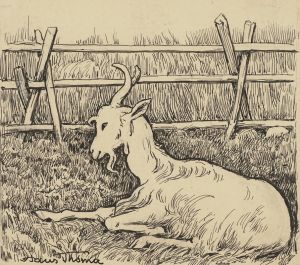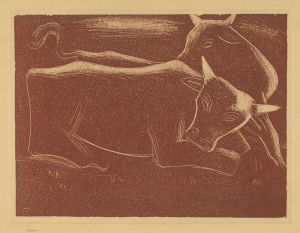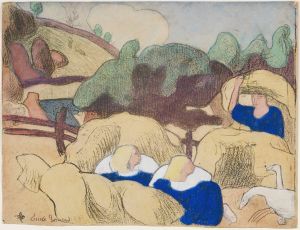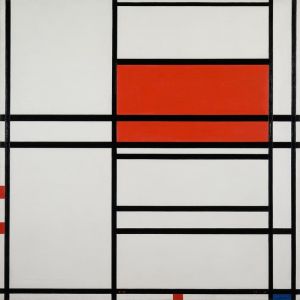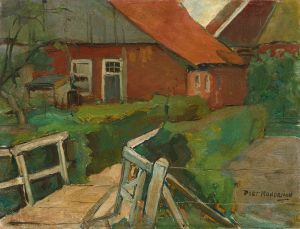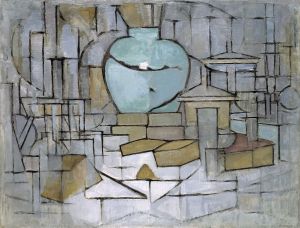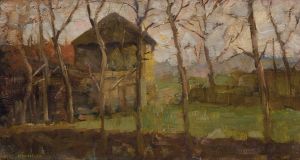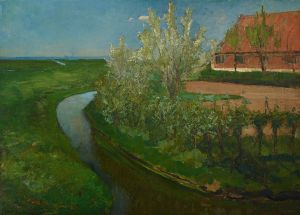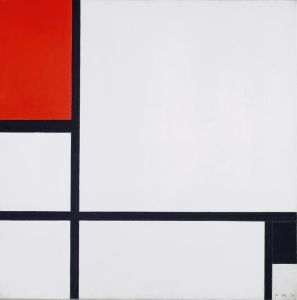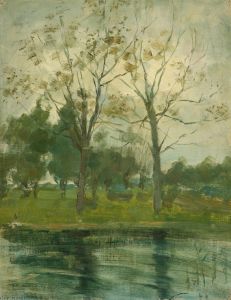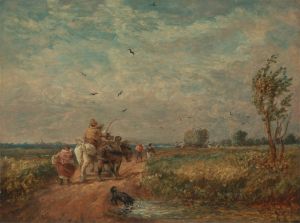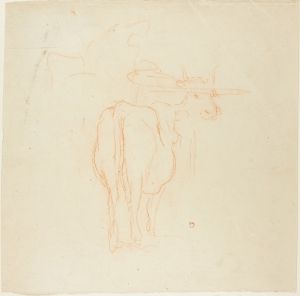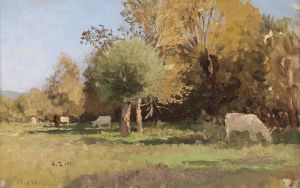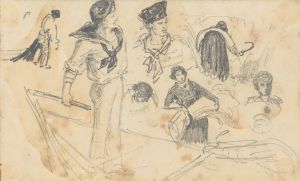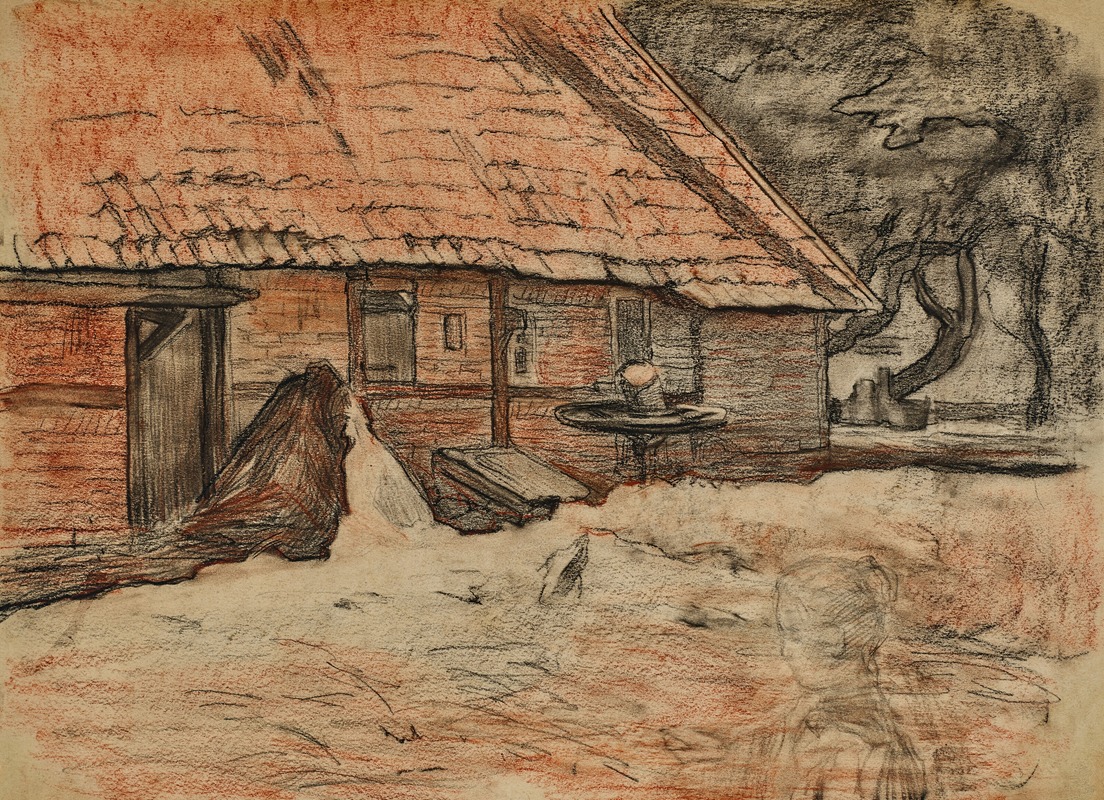
Zijaanzicht van een boerderij bij Winterswijk
A hand-painted replica of Piet Mondrian’s masterpiece Zijaanzicht van een boerderij bij Winterswijk, meticulously crafted by professional artists to capture the true essence of the original. Each piece is created with museum-quality canvas and rare mineral pigments, carefully painted by experienced artists with delicate brushstrokes and rich, layered colors to perfectly recreate the texture of the original artwork. Unlike machine-printed reproductions, this hand-painted version brings the painting to life, infused with the artist’s emotions and skill in every stroke. Whether for personal collection or home decoration, it instantly elevates the artistic atmosphere of any space.
Zijaanzicht van een boerderij bij Winterswijk (Side View of a Farmhouse near Winterswijk) is an early painting by the Dutch artist Piet Mondrian. Created in 1898, this work is representative of Mondrian's early career, during which he primarily painted landscapes and rural scenes in a naturalistic style. The painting depicts a farmhouse located near Winterswijk, a town in the eastern Netherlands where Mondrian spent much of his youth.
At this stage in his artistic development, Mondrian was heavily influenced by the Dutch landscape tradition, which emphasized realistic depictions of nature and rural life. The painting showcases Mondrian's skill in capturing the details of the farmhouse and its surroundings, with careful attention to light, shadow, and texture. The composition reflects his academic training and his interest in the interplay between architecture and the natural environment.
This work is significant as it provides insight into Mondrian's early artistic style, which contrasts sharply with the abstract, geometric compositions for which he later became famous. During the late 19th and early 20th centuries, Mondrian's work was rooted in realism and Impressionism, and he often painted scenes from the Dutch countryside, including farms, windmills, and rivers. These early works demonstrate his technical proficiency and his sensitivity to the subtleties of color and form.
The painting is part of a broader body of work created during Mondrian's time in Winterswijk, where he lived from 1880 to 1892. His surroundings in this rural area had a profound impact on his early artistic output, as he frequently drew inspiration from the landscapes and architecture of the region. The farmhouse depicted in this painting is believed to be one of the many traditional Dutch farmhouses that dotted the countryside near Winterswijk.
Today, Zijaanzicht van een boerderij bij Winterswijk is often studied as an example of Mondrian's formative years as an artist. It serves as a reminder of his roots in representational art before his transition to the abstract style that defined his later career. The painting is held in a private collection and is occasionally exhibited in retrospectives of Mondrian's work, allowing viewers to trace the evolution of his artistic journey.
Mondrian's early works, including this painting, are essential for understanding the trajectory of his career and the influences that shaped his artistic vision. While his later works, such as his iconic grid-based compositions, are celebrated for their innovation and impact on modern art, his early paintings reveal a different side of the artist—one deeply connected to the natural world and the Dutch landscape tradition.





